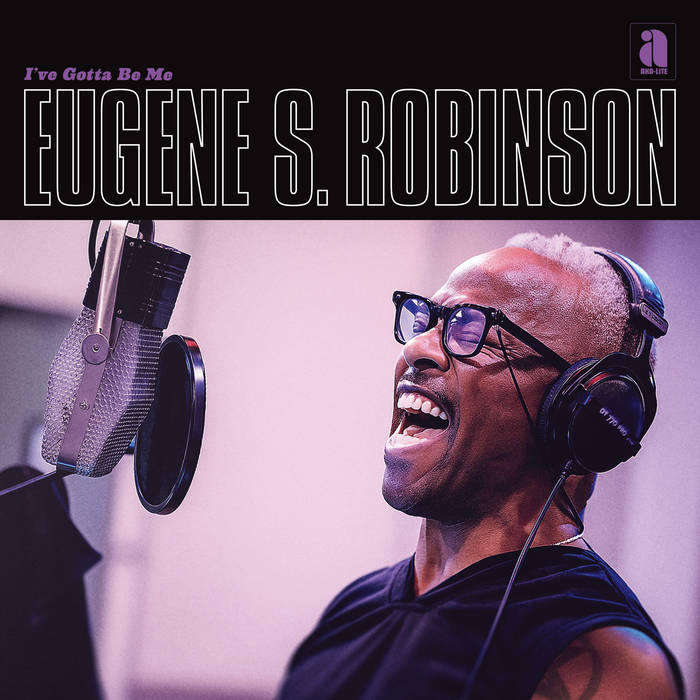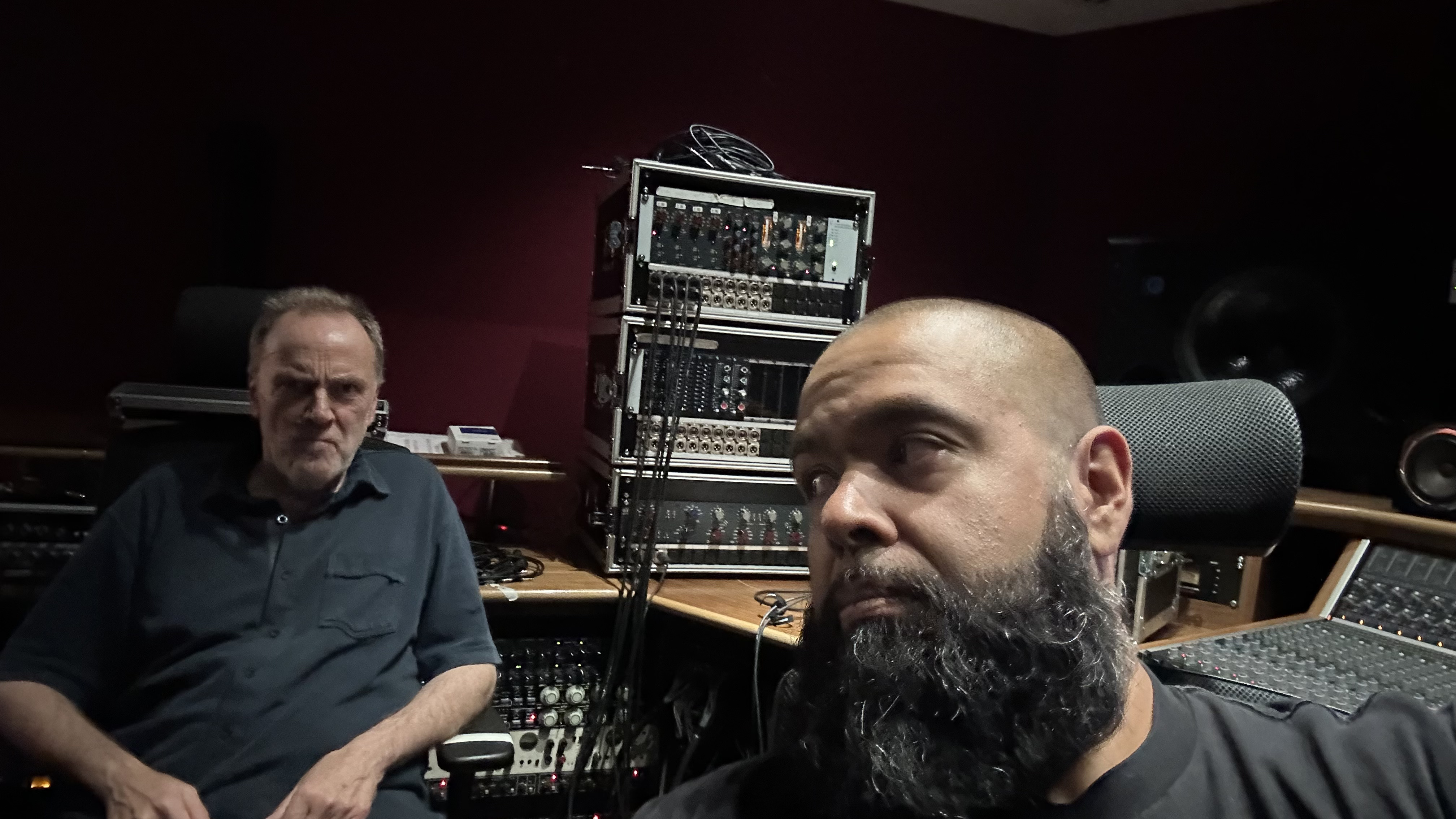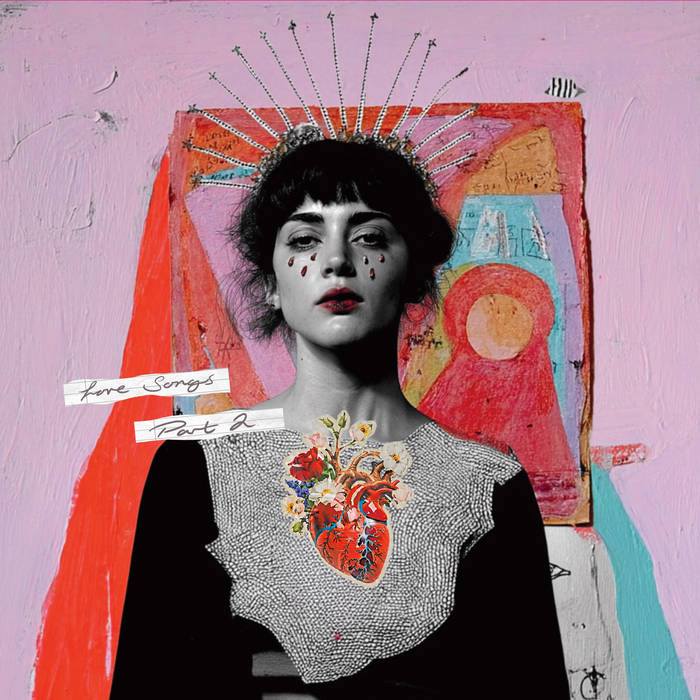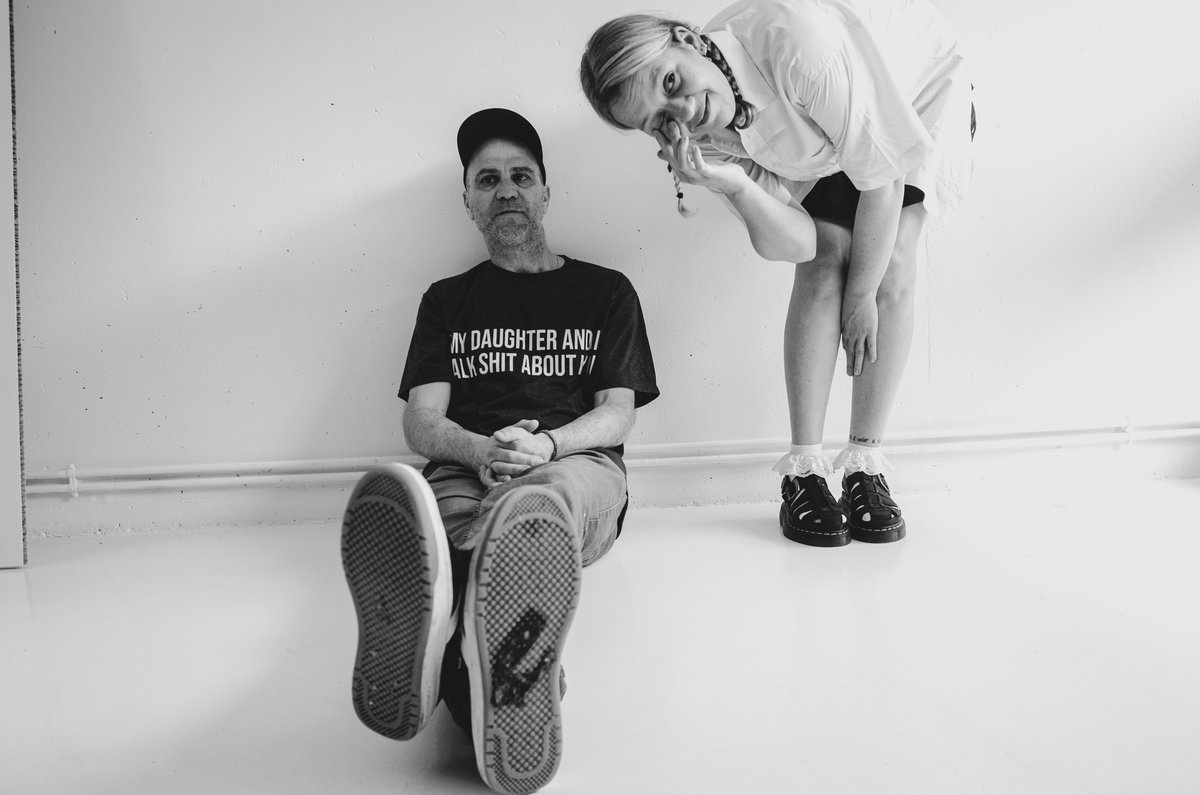It was a normal day for most parts of the world, that Friday 13th, February 1970. In hindisght, it was THE day that changed everything for metalheads. There watershed, the divide, the moment which defines the “before” and “after”. Why? Well, most of you will know it, right? It was the official release day of Black Sabbath’s eponymous debut album. We here at the Veil of Sound are fortunate enough to have somebody on board, who has followed the band ever since - yes, EVER since their debut. Thus, Knut sat down and gave us a lot more on the record than just the appraisal of Iommi’s riffs or Ozzy’s vocals. Many other VoS-writers also gave us a short statement, so you will get a lot of different angles. Enjoy and keep on headbanging!
Released 55 years ago today, Friday 13th, 1970, an eerie and doomy tritone (also called Devil´s Chord) opened a debut album unleashing Black Sabbath´s music that came to inspire a whole new sprawling musical genre, Heavy Metal.
Nobody saw it coming and nobody expected it to have an impact spanning more than half a century. The music press was not impressed at all and the reviews were negative. But Black Sabbath had gathered the masses, an audience through their relentless touring. ”We beg to differ!” the fans said, and the album shot to number 8 on the UK charts the following weeks. It was released in the US and Canada in June - the album reached number 23 on the Billboard 200 and stayed there for over a year.
Absolutely timeless and just instrumentally flawless. From the guitar melodies and solos to the basslines and drums. A revolutionary record!
Daniel Gorman
The intro of “Black Sabbath” by Black Sabbath is still the greatest metal riff ever as far as I’m concerned, definitely the most influential. Tunings have dropped, fuzz had got fuzzier, production has got more sophisticated but everything about that riff sums up the true meaning of the word, heavy. There’s a million riffs out there but have any kick started an entire movement?
George Miller
In retrospect, the album´s music was like a fist in the face of the hippie movement at the time. Maybe it even marked the end of the hippie area with its heavy, riff-based tracks. The album´s music has been analyzed from all possible angles, and there is not much new to say about it, other than to celebrate this anniversary with a few words here because most of the bands written about on these pages are in more ways than one inspired by this album and the music from the riff master and his band mates throughout the coming years.
At the time, there were many Hard Rock bands, even heavy bands, with creative musicians masterly handling their instruments. The themes were everything from July mornings and black nights to stairways to heaven, whole lotta love and Kinks with ”You Really Got Me”. But raised in the industrial town of Birmingham, in the Black County, in the early years after WWII and growing up around bomb craters and ironworking foundries and forges, the band condensed their background into heavy sonics with themes far from the other bands at the time.
The record that started everything. Most of the music that we love today would not be here if Black Sabbath didn’t produced this masterpiece. Favourite track: Black Sabbath
Andrea Donato
Like a bolt from the sky carrying a chrome tsunami with it, “Black Sabbath” ushered in a force that changed music forever—permeating every single album we feature here on Veil of Sound that dares to call itself “Metal”.
pbv
The first album from Black Sabbath not only inspired myriads of future musicians with its music but with the whole “package”. The themes of the songs on Side A have had a vast impact and still inspire. The title song´s ominous theme is about a figure in black pointing at the protagonist that with an angst-ridden voice, calls for god to help him after encountering a “Big black shape with eyes of fire / Telling people their desire / Satan’s sitting there, he’s smiling / Watches those flames get higher and higher.”
Next up is ”The Wizard”, which gets its inspiration from Gandalf from Tolkien´s literary realms, and this song about a magician using his magic to encourage people. ”Behind the Wall of Sleep” is inspired by a novel by H. P. Lovecraft called ”Beyond the Wall of Sleep” with lyrics on the creepy side: “Chill that numbs from head to toe / I cy sun with frosty glow / Words that glow read to your sorrow / Words that glow read “No tomorrow””. Then Side A ends with ”N.I.B.” talking about Lucifer falling in love and changing to become a good person, “Now I have you with me, under my power / Our love grows stronger now with every hour / Look into my eyes, you will see who i am / My name is Lucifer, please take my hand”.
Trial and error, “happy” accidents, unbound passion…leaps in human development are most often results of determination, motivation and overcoming adversities. For “Black Sabbath” someone had to lose body parts…
Martin Brandt
When the album was released, the press hated it, it reminds me of the line from Back to the Future where Marty says ‘I guess you guys aren’t ready for that yet, but your kids are gonna love it’. So far ahead of its time, that even now every band is still playing catch up.
Simon Kelsey
Thus, with these themes adding to the dark and doomy music the album was perceived as flirting with Satanism, occultism, and evil in general - themes repeated by metal-related bands for the next decades. This was, of course, helped by the album´s bleak nihilistic gatefold cover. A dark-dressed woman is standing in front of the Mapledurham Watermill in a gloomy winter landscape complete with a black raven. Opening up the gatefold, you are met with print in silver on black and an inverted cross with a foreboding poem inside it, taking the cue from both, the cover and the rainstorm opening the album: “(…) the veils of darkness shroud the blackened trees, which contorted by some unseen violence, shed their tired leaves, and bend their boughs towards a grey earth of severed bird wings. among the grasses, poppies bleed before a gesticulating death, and young rabbits, born dead in traps, stand motionless (…) by the lake a young girl waits, unseeing she believes herself unseen, she smiles, faintly at the distant tolling bell, and the still falling rain.”
(for the nerds and quiz makers: The woman on the cover is the then 18-year-old Louisa Livingstone, the writer of the poem is Roger Brown who worked for the album´s cover designer, Keith “Keef” Macmillan. Brown is also the person on the cover of Black Sabbath´s second album, Paranoid.)
All in all, 55 years later, we can conclude that not only did the riffs inspired countless metal bands, but also the whole package with the themes of the songs and the album´s cover. Today metal related music is alive and kicking and might be the most vivid and vital genre of them all. And we are here to celebrate it. And it surely put my fifteen-year-old self on the musical trajectory I have followed since the album hit me in 1971 a year after the release. Then I could pick up all the albums released until then by the band.
One of the few anniversaries I remember because it falls on my birthday, just seven years apart. How old does that make me already? Damn, now I’m depressed. Best listen to some Doom Metal! How convenient that this Blues band with a Jazz rhythm section somehow invented (not) just that.
Stephan Ohlsen
PS: It’s a nice coincidence that the day after our Black Sabbath thing, the general ticket sale for their gig in July starts the day after? - Yes, that the Black Sabbath Magic!
Knut and Thorsten in a chat on February 12











